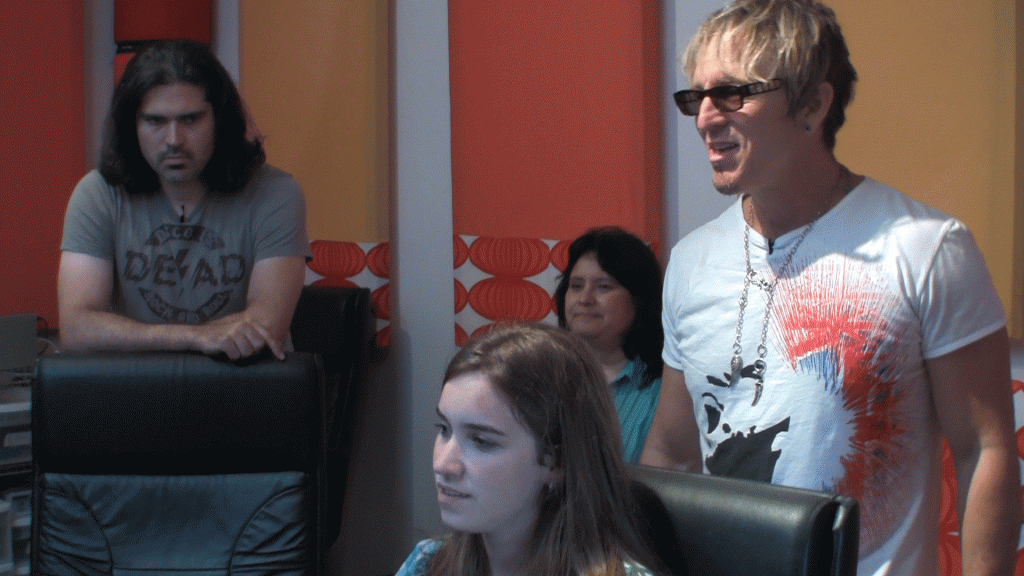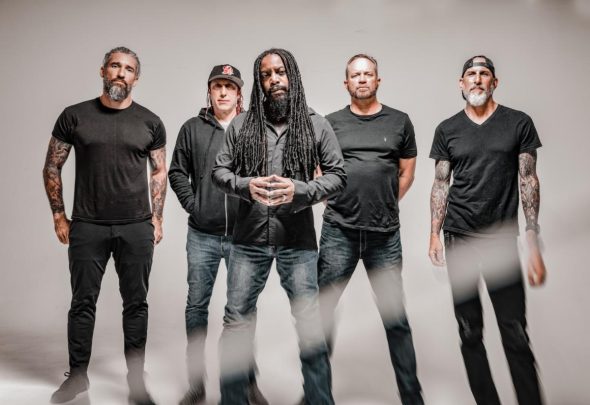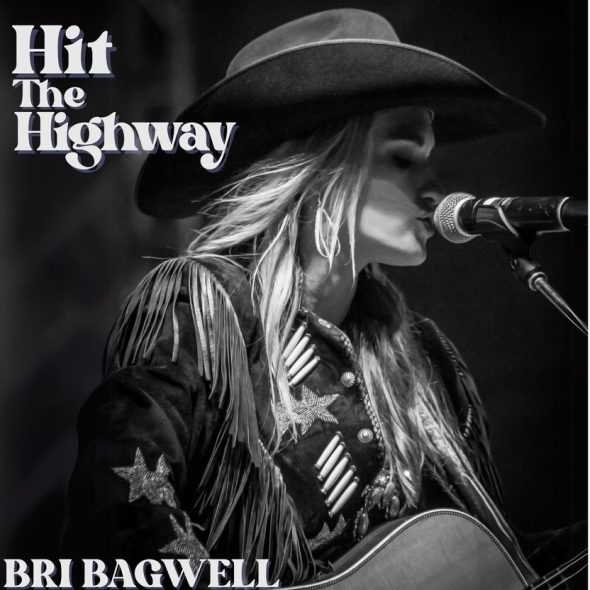 by Mark Schulman, guest writer
by Mark Schulman, guest writer
Hello everyone. If you haven’t already seen my DVD, A Day In the Recording Studio: A Musicians Complete Guide To Recording Drum Tracks In the Studio, then you need to stop reading this article right away and watch the video- you can download it from the Hudson Music site, so no whining! This article will serve as an augmentation to the video with some newer perspectives as well. Also feel free to check out my drum recording site- http://www.markdrumtracks.com to give you insight as to how I market my drum tracking business, how I communicate and the information that I request from a client before I agree to play drums on their recording.
Let’s start with a bit of history and an assessment of the state of the recording industry as it relates to drummers. I’ve been recording drum tracks for people like P!NK, Billy Idol, Simple Minds, Tina Turner, Himuro, Udo Lindenberg and many others since the 80s. My ideals and protocol for recording a musical performance has not changed, but the way in which I capture musical performances has. In the 80s, I would get hired to come into a recording studio, bring some drums or have a tech deliver the drums (called cartage), have an engineer place a set of microphones on my drums usually going through a large and expensive mixing console while a producer and perhaps the artist listened to make sure that the collective team is capturing the drumming performances and drum sounds on multi-track tape (usually a 2” physical roll of magnetic tape, street value about $165 per roll which could record up to 15 minutes of music with little ability to edit, only the ability to replace or add to a performance). My goal was always to play a record quality drum track from start to finish because the only way to edit a track in those days was to physically cut and splice two pieces of tape together from different parts of the same reel of tape or two different reels of tape. If this sounds arduous, you are right!
At the beginning of the session, I would come in either with or without a tech, depending on the budget, set the drums up, tune them up to a close proximity of what I think they should sound like for the song, then get out of the way while the engineer and or usually an assistant would carefully mic up the drum set. While the drums are getting miked, the rest of us would usually get jacked up on coffee, chat a bit and listen to the song to be recorded.
As I would listen to the song for the first time, I would write a short chart as efficiently as I could, continuing to discuss the musical direction and drum sound with the client/producer/artist/engineer. Then I would take some time to tweak the drum sound or have my drum tech tweak the drums, and then sit at the drum set (or have my tech do it) and play the kit for as long as it takes for the engineer to get the sounds. Then I would come back in the control room for questions, answers and final words of inspiration before going back into the studio room to record my first take. I would then come back into the control room to listen back to the take and discuss the drum part, drum sounds and any other exchanges, jokes, coffee orders, food orders for the assistant or anything else we need to enhance the song and the vibe before going back for take two- ad nauseum.
The previously mentioned protocol is still in effect for me about 10% of the time when I go to another studio to track drums. Because of budgetary concerns, I rarely have a drum tech with me. The other 90% of the time, I am tracking the drums in my studio, usually for a client whom I have never met, but has emailed me songs for which I will play drums and then upload my performances back to the web for the client to download and hopefully live happily ever after with my tracks. My approach to the performance of a track is musically the same as is my decisions about tuning the drums. I am partners in a studio, West Triad, which I share with my partners, guitarist/producer Julian Coryell and engineer/producer/mixer Erich Gobel. These guys are gold to me and many of the tracks I play are with Julian producing and Erich engineering. But many of my clients and tracks I play do not involve my partners so I’m on my own and this is a very different, albeit fun and profitable gig. By myself I am the drummer, engineer and producer. My skill set needs to include the complete knowledge of how to record the drums and the momentary choices and decisions that a producer may make, and that I may make on the fly, on my own.
Ultimately, the most important part of drum tracking is the performance of a musically appropriate, interesting, in time, cool sounding, dynamic and smile inducing drum track. Here are my current insights into the most important areas of consideration when recording your own drum tracks to create the best end result:
•Communication is very important in every instance. Because by far the greatest number of tracks that I play these days are in my studio without the client- be they the producer, engineer or artist, I need to make decisions on my own. I will either correspond via email or over the phone if it is more comfortable for the client. I will be very clear what they can expect for the price per track- visit my site to see what I provide for and what I request from a client at www.markdrumtracks.com
•Recording specs– Since I’m digitally recording the tracks on a computer, there are different ways in which the tracks can be recorded- measured in sample rate, bit rate and type of file. You can do research on the definitions but just remember to ask the client. An example of how most of my clients prefer their tracks are 44.1 (sample rate), 24 bit (rate), .WAV files.
•Tempo- The tempo is important because I record in a program called Cubase which is one of the popular programs used to record tracks, but not the most popular which is Protools. Protools is what most of my clients use and they need to import my track data into their program so the tempo needs to be the same.
•Style- Most of my clients send me two versions of their song- one with drum programming (or another drum track that I’m going to replace) and one without any drums which is the one with which I will play. Ninety-five percent of the time I can tell from the drums that are already there what style the client wants me to play, i.e., straight ahead rock, more syncopated, using double kick parts or not, dynamics from section to section etc. This is the most important point of communication because some clients are not that specific and they want to give me a lot of freedom to do what I hear. This is very critical because in this instance, I am also wearing the hat of a producer because I am using my judgment about what is the most musically appropriate thing to play. This is so subjective that there have been days when I played a part and listened back to the part days later and would have played something different. This is the double edge sword of music- it is subjective and there is no right or wrong- only opinions. I say, let your instincts guide you and approach it with freedom and joy.
Other clients may reference a specific part from a specific song. An example is when my partner, Julian was having me track drums to a very interesting project called ‘The October Project.’ I was replacing some drum tracks that I thought were played beautifully, but the artist, Emil and Julian wanted to go in a different direction. For one section of the song, Julian asked me if I remembered JR Robinson’s playing on the bridge of Steve Winwood’s song, ‘Back In The High Life.’ I did remember the section but not exactly so he booted up his Itunes, played the section and I copied it almost verbatim to create an awesome drum part I would not have even thought about playing in this one section of the song we were recording. Julian, if you read this article, you are a fucking genius!
Sound- Sound is such a critical factor to the effect of a performance that it can either make a performance sound like the coolest track ever, or allow a great performance to be overshadowed by disappointment and possible replacement. This article is way too short to go into detail about all the components of sound but I’ll break it down to four components: 1- the source, 2- capturing the source, 3- recording the source, 4- mixing the source.
- The source is your drums, cymbals and percussion which includes the sizes and composition of the shells, how you tune them, the heads you use, the sticks you use, the way you play them to create specific sounds, your cymbal selection including sizes, alloy, thickness, temperance, diversity, and percussion which has so many variables.
- Capturing the source includes the mics, the mic placement, the size and type of environment in which you record.
- Recording the source includes the routing of the mics, the signal path, mic pre-amps, the A>D/D>A converters, the Clock, the computer, the digital audio program, the recording levels, the effects you use for recording and/or playing back. I suggest that you research anything you do not understand…knowledge is king and translates into money in the bank!
- Mixing the performance is all about first impressions! Your are giving your client raw tracks to which they can mix in an infinite number if ways, but I always make an impressive sounding mix of my newly recorded drum track with their music and send them an mp3 for their approval. This is another skillset to develop because I can’t tell you how many clients have complimented me on my mix of the drums and then paid me additional money to send them mixed versions of just my drums tracks…cha ching- money in the bank!
Performance- Well drummers, this is such a loaded topic with so many possibilities that I’ll only scratch the surface in this article. This is the culmination of everything you have learned and everything you have listened to up to the point that you play the first note of the track you have just started recording. I’ll give you a few insights into how you can have some success that probably does’t have anything to do with the techniques you have learned and the music that you have listened to. These insights are from my new book to be released January of 2013 called Nerve Breakers: Conquering Life’s Stage Fright.
Prepare yourself- Learn as much as you can about the style you are about to play, the client for whom you are working, the equipment you are using and anything else you think may best prepare you for your recording experience.
Have faith- The moment you start playing, relax, have fun and have faith that everything you have learned and experienced in your life up to that moment is going into the creation of something new and special. Allow that faith to bring you a sense of confidence that you are exactly where you are supposed to be and playing exactly what you are supposed to be playing!
Be free- The more you are free to totally mess up this particular moment of recording, the more you will actually relax and the better the chances of you actually playing a better take. Besides the recording process is the greatest source of learning for you and you will really hear what you need to improve upon when you play it back.
Be selfless- Your drum track is about enhancing the music. Instead of focusing so much energy on you and your drums, try really focusing on the music with which you are playing. It will integrate you and your drumming into the true reason that you are there- to create and enhance the total music performance, not just the drum track. Remember it ain’t about you; it’s about the song and the client!
Visualize- See and feel how you will feel after you have just created a drumming performance that makes you proud. Man, one of the greatest feelings on the planet to me is to listen to a fresh track I have just recorded. I get that same excitement every time. It is always new, fresh and exciting. Own it and see yourself feeling that joy of your new creation!
Distract yourself– If you are tripping out and can’t seem to get in the flow of feeling comfortable, go outside, get some coffee, crack a joke, eat a burrito or do whatever it takes to get you out of that overly self-absorbed state. Remember, it is only music! You started playing drums because of the release and the joy. Get back in touch with that.
I hope this has given you some inspiration and hopefully invoked the slightest bit of perspiration, as you get excited about recording some drums. I love recording, and if you want to share any experiences, ask a question, have me record some drums for you or take a drum lesson in person or online, feel free to contact me at info@markschulman.net.
To the Groove-

Mark Schulman’s resume reads like a “who’s who” of international rock n’ roll royalty. Mark Schulman is starting his third world tour with P!NK and has previously toured or recorded with BILLY IDOL, SHERYL CROW, FOREIGNER, STEVIE NICKS, DESTINY’S CHILD, CHER, TINA TURNER, VELVET REVOLVER at Ozzfest, and for crowds of 200,000 at Glastonbury Festival with SIMPLE MINDS.
Mark Schulman is the recipient of numerous gold and platinum discs and has appeared on nearly every American and European variety show on television including The Grammy Awards, David Letterman, The Tonight Show, American Idol, Paul O’ Grady, Wetten Das and more. Schulman is a classically trained cellist and as a teen, played with the Los Angeles Junior Philharmonic. He actually played cello on the 2009/2010 P!NK tour! He is also a trained audio engineer and studio co-owner of West Triad Recording Studio in Venice, California




